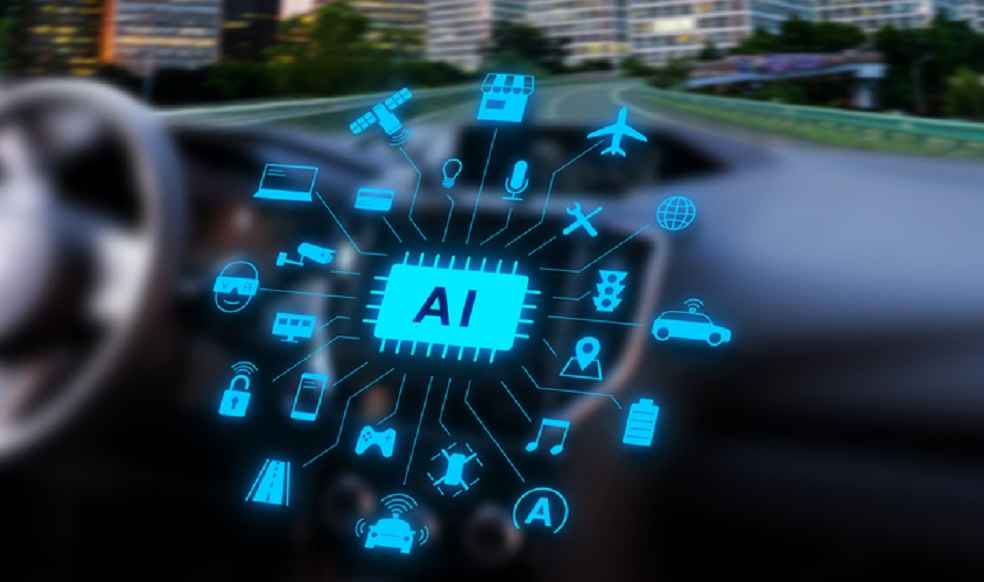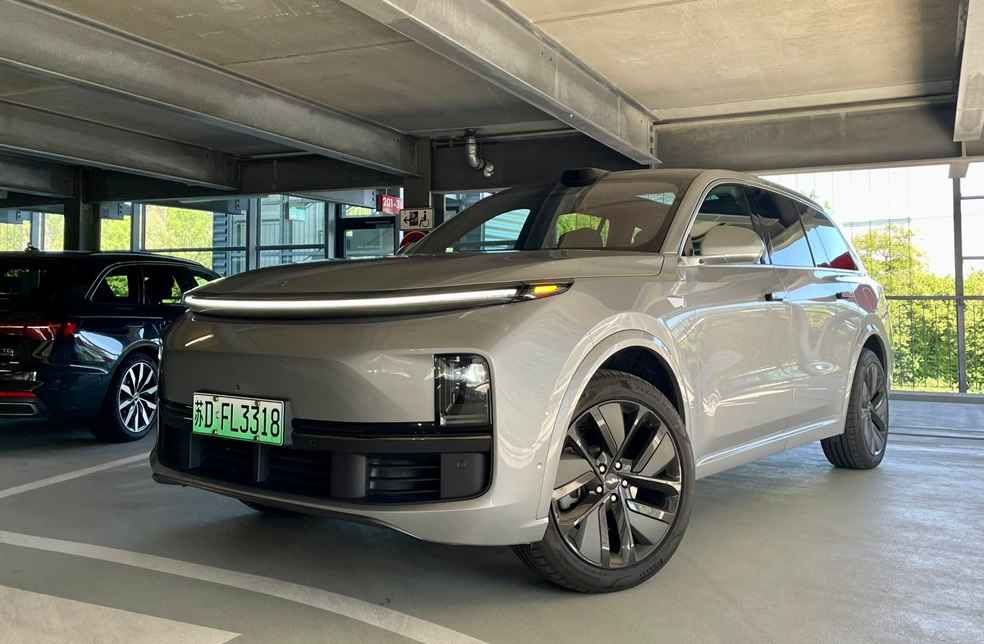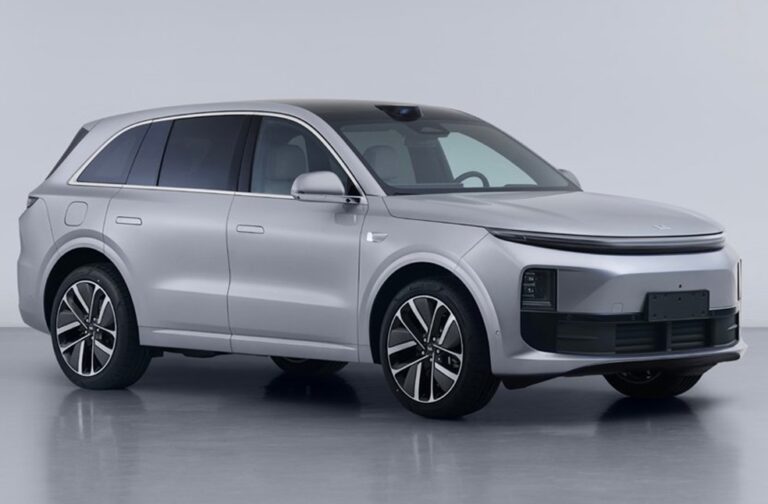Li Auto has officially revealed the open-sourcing of its own Halo OS a vehicle operating system, making it available to the broader industry. During the 2025 Zhongguancun Forum in Beijing, Li Auto’s founder and CEO, Li Xiang, declared the company would become the first global automaker to offer its complete vehicle operating system free to the industry.
“We’re willing to push vehicle operating systems to new performance heights through open-source,” Li said.
In 2021, Li Auto initiated its OS development project to address the worldwide chip shortage of 2020 and the difficulties caused by closed-source operating systems in chip adaptation and validation. The company committed over 1 billion yuan and assembled a 200-person R&D team. By 2024, Li Auto had successfully finalized solution selection, architecture design, and implementation, leading to the mass production and deployment of the first version onto vehicles.

Li Auto claims Halo OS surpasses closed-source AUTOSAR systems in core performance, security, cost-efficiency, adaptability, and flexibility. Its advanced cross-system design refines the ‘perception-decision-execution’ chain, achieving double the response speed and a fivefold improvement in response stability.
Established in 2003, AUTOSAR is a global collaboration among automakers, suppliers, and software industry companies aimed at developing a standardized software framework for automotive electronic control units (ECUs).
Halo OS supports major automotive-grade chip architectures like Infineon TriCore, Renesas RH850, Horizon, Chipone, and RISC-V. The OS can reduce the automatic emergency braking (AEB) distance by 7 meters at a speed of 120 km/h. Developed by advanced cryptographic algorithms, the system delivers performance levels 4-8 times higher than mainstream solutions. It minimizes AI computing power virtualization losses by 80%, cuts sensor access latency by 90%, and lowers storage resource usage by 30%.

Unlike the typical 3-6 month adaptation cycle for new chips with closed-source systems, Halo OS completes chip adaptation and verification in just four weeks. The system also boosts Li Auto’s air suspension performance, increasing body posture control precision by 73% through smart coordination between cameras, CPUs, and the suspension system.
Li Auto will release Halo OS to the open-source community in April, with core components including the vehicle control OS, intelligent driving OS, communication middleware, and virtualization platform. The company estimates the move could save the automotive industry 10-20 billion yuan annually by reducing redundant R&D efforts while also addressing the technical restrictions of closed systems.
Li Auto is ramping up its AI initiatives, having introduced end-to-end vision language models for intelligent driving. It also plans to unveil its next-generation autonomous driving architecture, the MindVLA robot large model, later this year.
DON’T MISS | Trump’s 25% Auto Tariff Threatens UK Car Exports, Global Supply Chains





